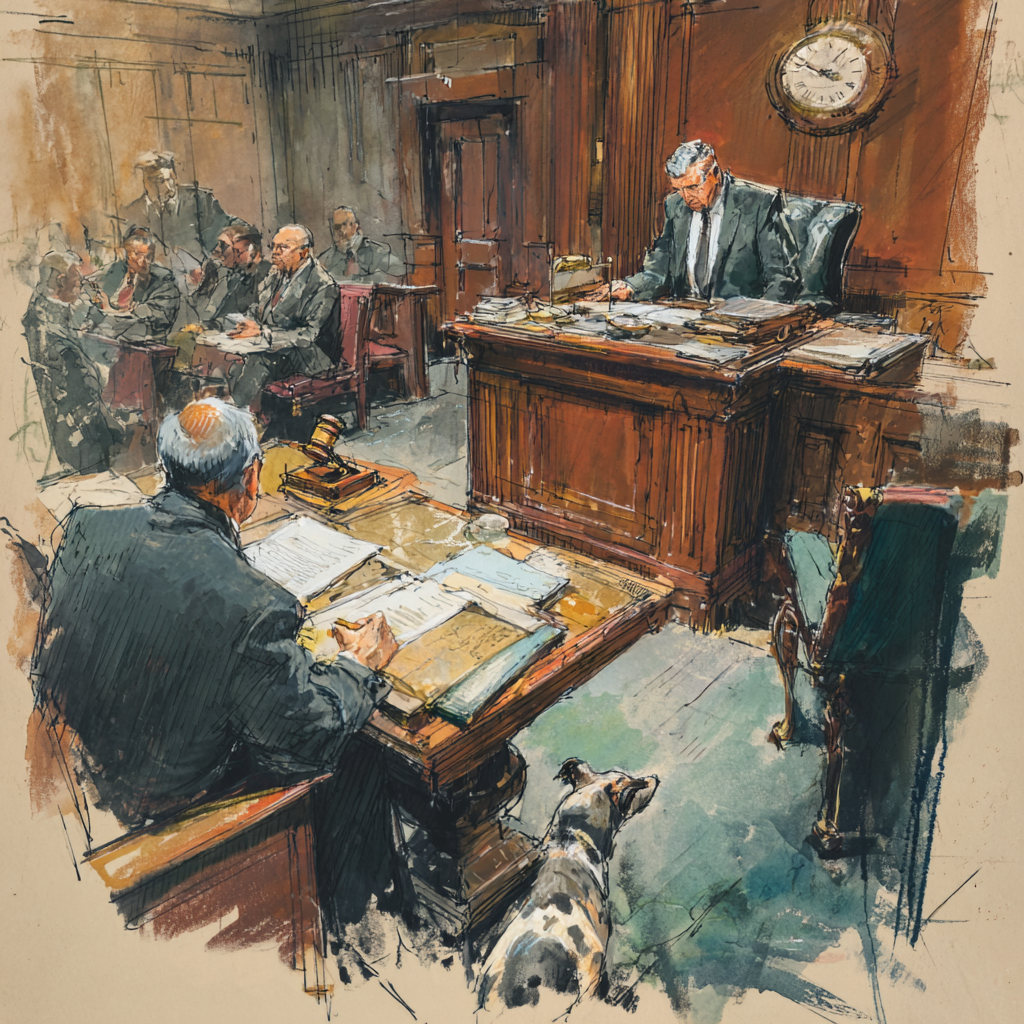Stracar Med. Servs., P.C. v State Farm Mut. Auto. Ins. Co., 2015 NY Slip Op 25079 (App. Term 2d Dept. 2015)
“Plaintiff’s main argument on appeal is that, because plaintiff was not the eligible injured person’s (EIP’s) assignee at the time plaintiff submitted the NF-3 forms to defendant, the language in the mandatory personal injury protection (PIP) endorsement (11 NYCRR 65-1.1), which requires “the eligible injured person or that person’s assignee or representative” to “submit to examinations under oath,” did not require plaintiff to submit to an EUO, and, thus, defendant’s proffered defense, that plaintiff failed to appear for duly scheduled EUOs, lacks merit. In our view, the Civil Court properly rejected this argument, as we find that, pursuant to the regulations, both the recipient of an assignment of benefits and the recipient of an authorization to pay are required to submit to a duly scheduled EUO.”
Holding #1:
“While an insurer is required to pay benefits directly to a provider “upon assignment by the applicant” pursuant to 11 NYCRR 65-3.11 (a), the word “assignment” in this context is not limited to a prescribed assignment, and indeed includes a prescribed authorization, since, pursuant to 11 NYCRR 65-3.11 (b), a provider demonstrates such “assignment” by submitting either a properly executed prescribed authorization or a properly executed prescribed assignment. Inasmuch as an “assignee” clearly must submit to an EUO, the regulations should be read to impose this obligation upon the recipient of both a properly executed prescribed authorization and a properly executed prescribed assignment.”
Holding #2:
“Even if we did not find that a prescribed authorization falls within the umbrella of the word “assignment” as used in 11 NYCRR 65-3.11 (a), we would still hold that the recipient of an authorization to pay is obligated to submit to an EUO. This is because, in addition to requiring the EIP or that person’s assignee to submit to an EUO, the PIP endorsement also obligates the EIP’s representative to submit to an EUO. Written proof of claim may be submitted to an insurer by the EIP’s representative (see 11 NYCRR 65-1.1), and the recipient of a properly executed prescribed authorization who submits proof of claim is clearly acting as the EIP’s representative under those circumstances since the EIP retains “all rights, privileges and remedies.” Accordingly, plaintiff, as the entity which submitted the claim forms to defendant, was obligated to submit to an EUO whether such entity be viewed as its patient’s assignee or as his representative.”
So if the provider wants to avoid an EUO, it can achieve this goal through the EIP directly submitting the billing to the insurance carrier.










0 Responses
So, lets see, under an authorization the provider has no right to challenge a denial and does not stand in the shoes of the patient and can bill the patient directly and is only asking that payment, if made, be made directly to the provider. Yet the provider is still obliged to show up for an EUO even though it could neither sue nor arbitrate the claim? All the authorization is a direction to pay … so how does that make it the patient’s representative?
Another tool to harass, delay and avoid payment.
Yet again Appellate Term make things up as it goes along. In an opinion by the General Counsel of the Insurance Department it clearly sees there is a significant and material distinction between an authorization to pay and an assignment of benefits.
N.Y. Comp. Codes R. & Regs. tit. 11, Part 65 (Regulation 68) governs no-fault transactions, and is relevant to the inquiry. 11 NYCRR § 65-3.11, entitled “Direct Payments” states, in relevant part, that:
(b) In order for a health care provider/hospital to receive direct payment from the insurer, the health care provider or hospital must submit to the insurer:
(1) a properly executed Authorization to Pay Benefits as contained on NYS forms NF-3, NF-4 or NF-5 or other claim form acceptable to the insurer. Execution of an authorization to pay benefits shall not constitute or operate as a transfer of all rights from the eligible injured person to the provider; or
(2) a properly executed assignment on:
(i) the prescribed Verification of Treatment by Attending Physician or Other Provider of Service form (NYS Form NF-3); or . . .
(iii) the prescribed No-Fault Assignment of Benefits form (NYS Form NF-AOB) contained in Appendix 13 or an equivalent form containing non-substantive enhancements, but no changes may be made to the assignment language itself.
There is a distinction between an assignment of no-fault benefits from a patient to a provider and an authorization by the patient to a no-fault insurer to pay benefits directly to the provider. An authorization is no more than a direction from a patient to the no-fault insurer to pay benefits directly to the provider. There is no transfer of rights, privileges and remedies from the patient to the provider.
3 The effect of an authorization is that the provider retains the right to bill the patient directly in the event that the no-fault insurer denies the claim. In contrast, an assignment transfers all of the patient’s rights, privileges and remedies to the provider. The provider, therefore, stands in the shoes of the patient, and may pursue all of the remedies that would have been available to the patient.
Go figure how the learned justices took the same Regs ignored the existing Opinion and fabricated law right there in the spot.